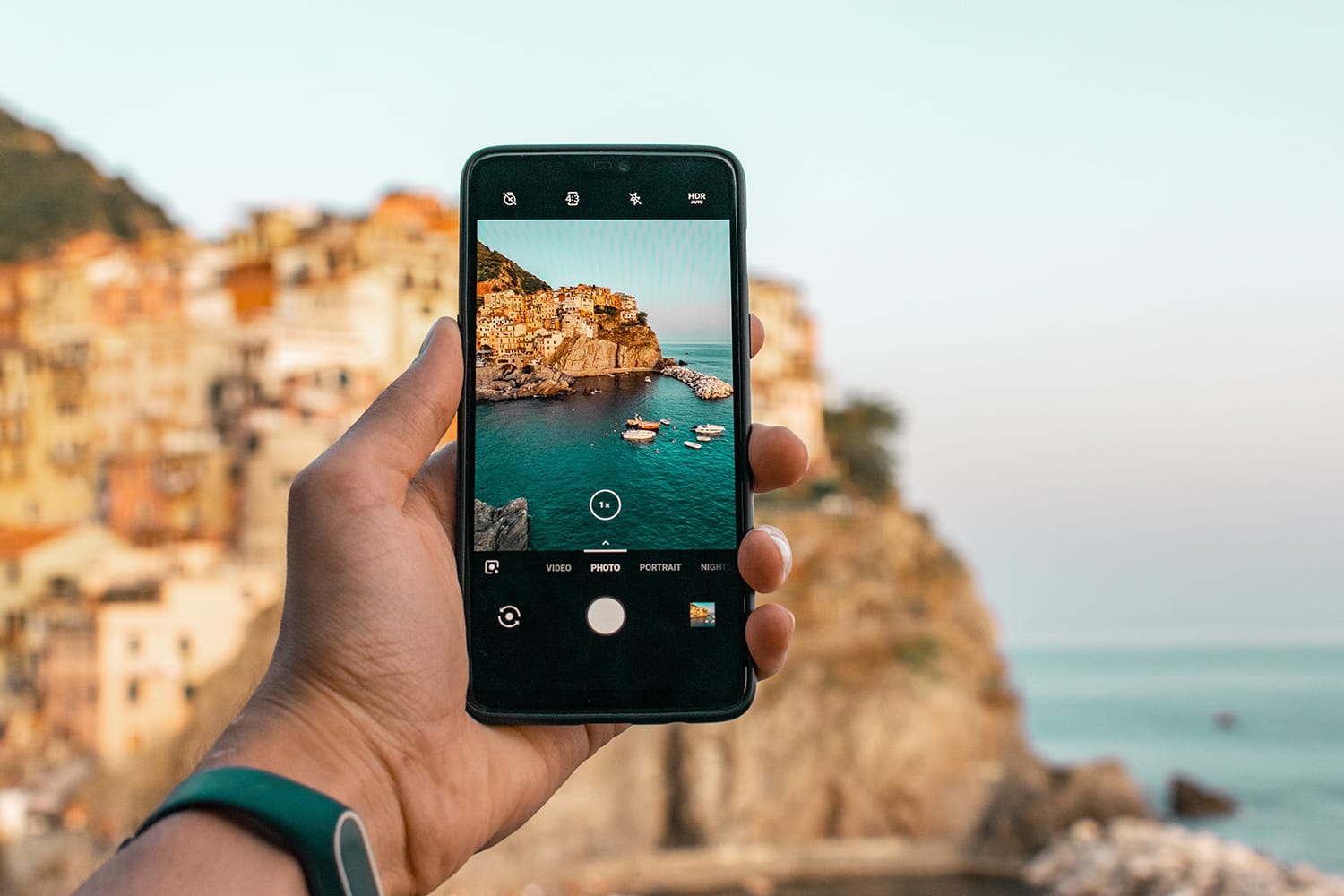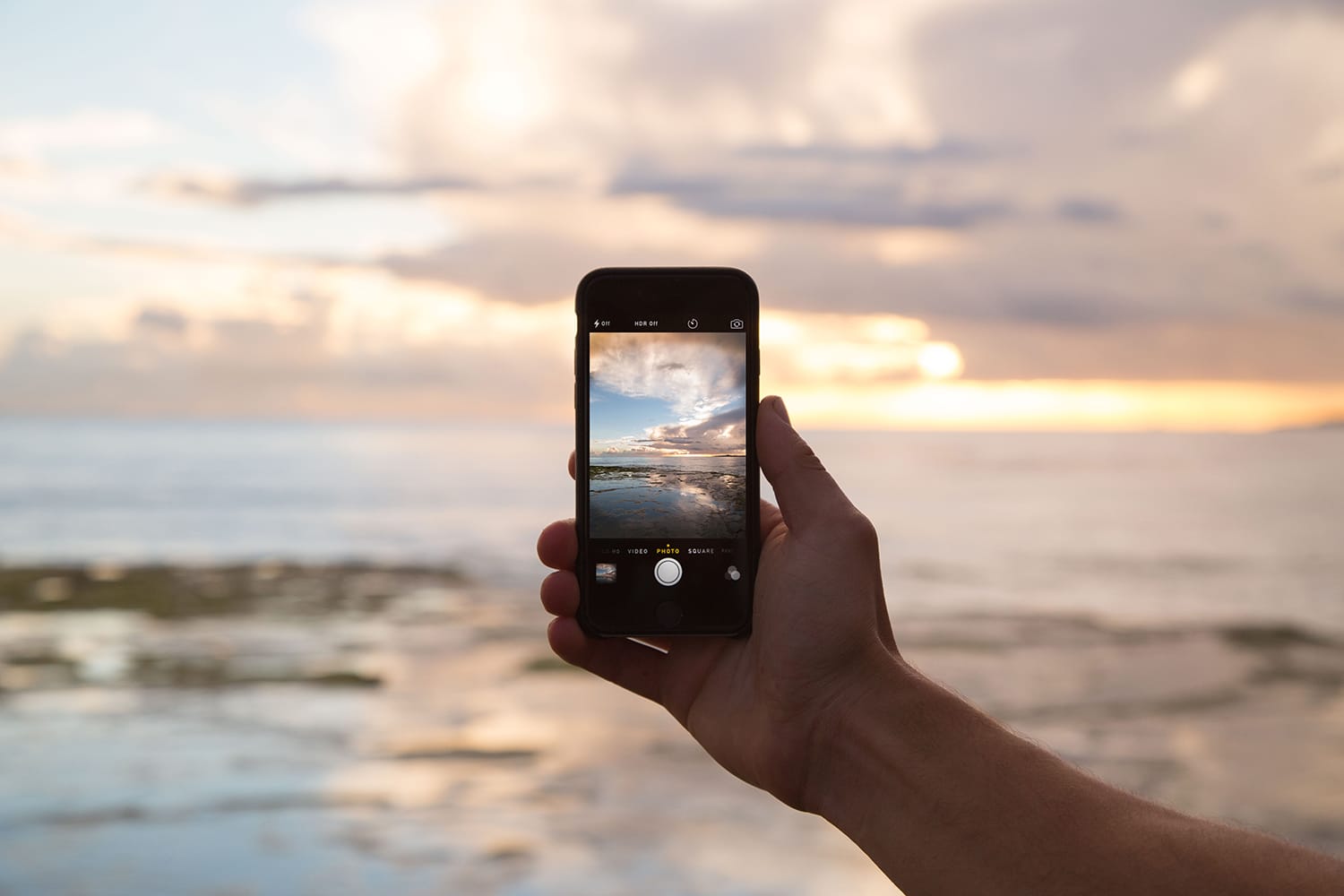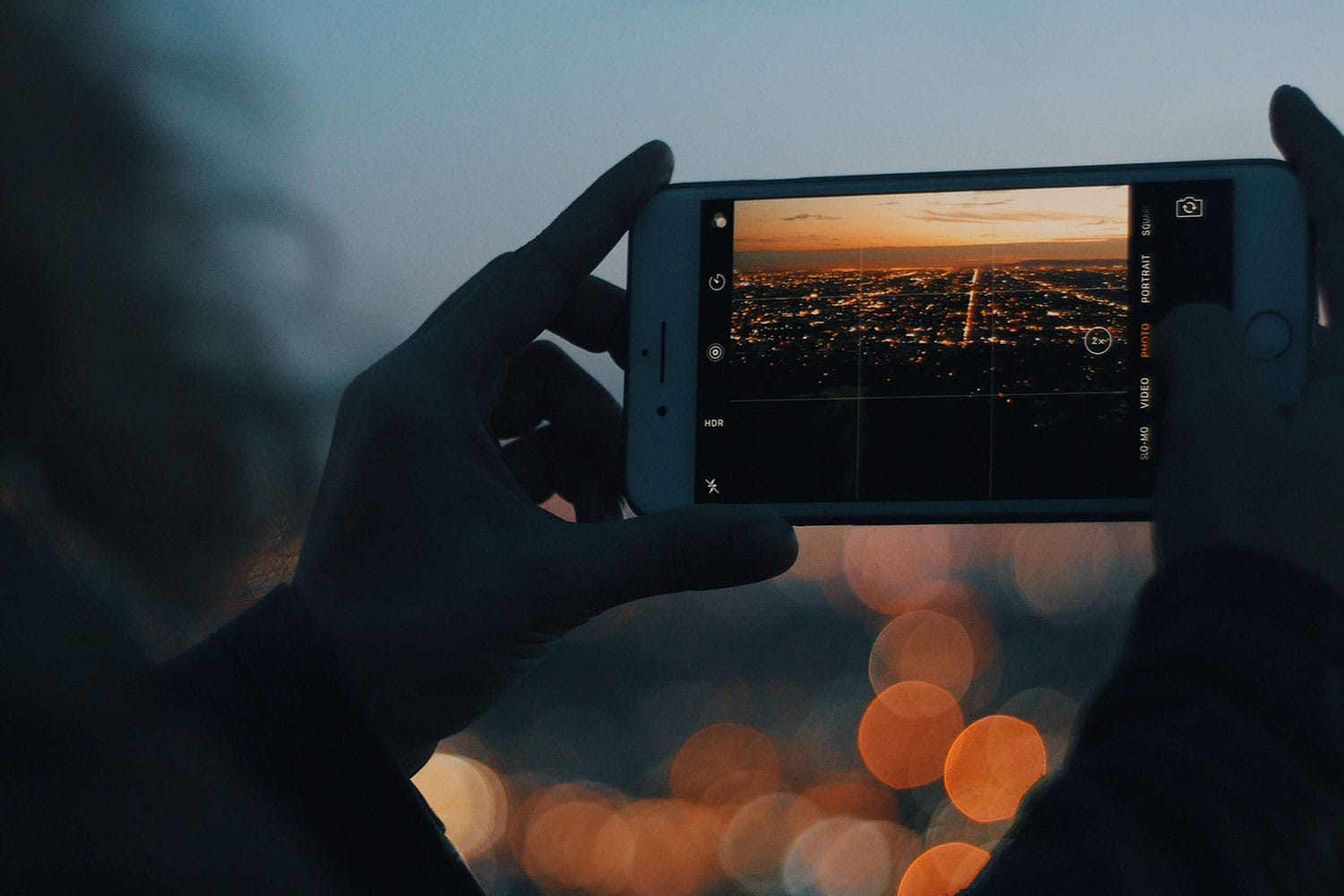7 Smartphone Landscape Photography Tips & Tricks
Smartphones have become an indispensable part of our daily lives. Many of us use them not just to stay connected with friends, loved ones, and coworkers, but also to perform other tasks such as email, book trips, make reservations, purchase tickets, and so much more.
A great majority of people also use their smartphones for taking photos – be it of people, food, places, events; anything that catches one’s fancy and can tell a story. Another common activity of smartphone users is landscape photography, especially for those who travel a lot.

While some people say that landscape photography is always better using a DSLR or a mirrorless camera because of these gear’s many features (such as interchangeable lenses, sensor size, and dynamic range), there are photographers who prefer to use their smartphones because these devices are handy and convenient to use.
This seems to be the greatest advantage of smartphone cameras. The lack of features can be somewhat addressed by the myriad of camera apps available for free.
Moreover, there are now several add-on lenses for smartphones, so even if they do not have the interchangeable ones used in DSLR photography, smartphone users can now experiment with their shots using different lenses (fish eye, wide, and macro lenses are the most popular ones).
It takes more than just the willingness and excitement to shoot and share photos to make sure that they are good ones. It takes more than just having the right lenses or features to be certain that the photos deliver the right message. Landscape photography is not difficult but it’s also not something you can do with your eyes closed.
Here are some suggestions you might want to consider when taking landscape photos using your smartphone.

The Tips and Tricks – what to do and what to avoid
What makes smartphone landscape photography tricky? The answer is quite simple: unlike DSLR cameras, smartphones do not come with various interchangeable lenses and features like long exposure time and control for depth of field. In other words, smartphones have limitations. But taking good photos of your favorite landscapes can be easy if you know what to (and what to avoid).

-
What you see with your eyes will translate differently when seen using a smartphone camera
For starters, you don’t just focus or look at one area of the landscape or scene (as in a beach at sunset). Your eyes roam around and in the process, it shifts to different focuses. Smartphones cannot do this – even the most expensive ones.
So the first tip would be to look at the scene from the point of view of your smartphone camera, not from your eyes.
-
Keeping your lens clean and dry
When there is dirt or any foreign object on your smartphone lens, this will affect the outcome of your photos.
For example, you use an iPhone 7 and you’ve been taking a lot of good photos with it. One time, however, you noticed that your photos were too pale and that no matter what you do or which app you use, you can’t adjust the contrast. And then you take a look at your lens and find out that it has something slimy or oil on it.
Any dirt or smudge will cause your photos to come out blurry, whitish, or has wrong white balance and contrast. So it is important to clean your smartphone lens all the time.
-
Do not take composition for granted
Since smartphones normally have large viewfinders, it should be easy for you to compose your shots. So for that beach at sunset scene, you don’t need to focus solely on the sun; you can include the beach in the scene.
While it’s true that smartphones do not have a natural wide-angle lens and a true zoom feature, there are options for creating the shot you want. One example for this is using the panorama feature. Another option is using apps like Camera+, Autostitch, or ProCamera.
Autostitch will help you create panoramas out of your photos. It “stitches” or joins your photos together.
Another good trick for composition is focusing on smaller points of interest, like a lighthouse in the middle of a vast green land by the beach. Or a fishing boat in the middle of the sea at sunrise. These are tiny details that can add a lot of stories (and depth) to your photos.
-
Do not use the flash
Unless you want your shots to have a motion blur, or you prefer subjects with yellow skin and red eyes! Simply put, smartphone camera flashes are difficult to manage. So better stay away from it than risk ruining your photos.
-
Do not zoom when there is no need to
If you’re taking that lighthouse in a vast green field shot, for example, you don’t really have to zoom in to the lighthouse. The scene will come out better if you show it from afar because it will highlight the beauty of the place.
If you really need to take close up shots, go as close to the subject as you can (by walking towards it – use your feet) but do not use the zoom feature. Most of the time, your photos will end up pixelated or blurry – with terrible quality – when you do so because smartphone cameras don’t have a true zoom feature. It just enlarges the viewfinder.
-
Follow the rule of thirds
Compose your scene and then focus around 1/3 of it into the frame. This will be easier to do if you have the grid turned on. You can focus on the 1/3rd of the scene or on the bottom part of the scene. This will help you achieve an excellent composition.
-
Other tips and tricks that you should follow
- If your smartphone has a RAW shooting feature or app, use it; editing should be done after the shoot.
- Use a tripod to make sure your smartphone is stable.
- Try using some accessories like an add-on lens.
- Adjust exposure manually if possible.
- Do not hesitate to use camera apps that offer additional features.
- Take multiple shots – either to merge the images together in post, or just to ensure that you did get the shot you wanted.
- Have fun!

Anyone can take landscape photos using their smartphone, but it takes a lot of patience, practice, determination, and the willingness to improve and learn to take exceptional ones. The above-mentioned tips and tricks can help you do just that.
